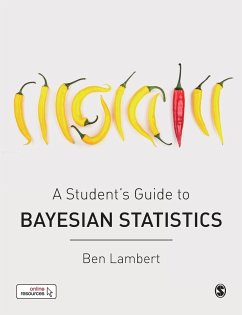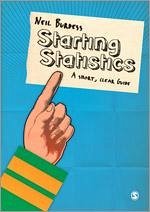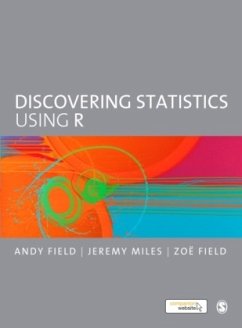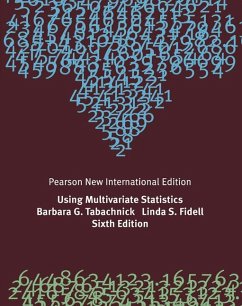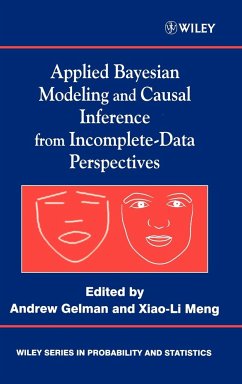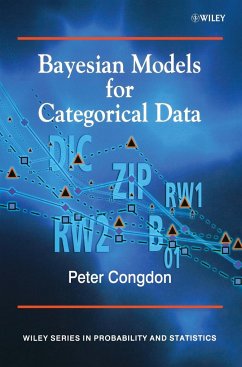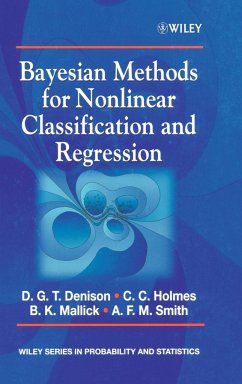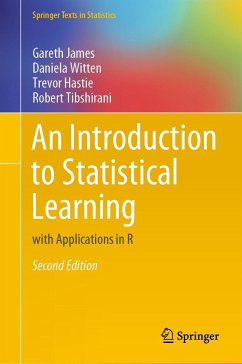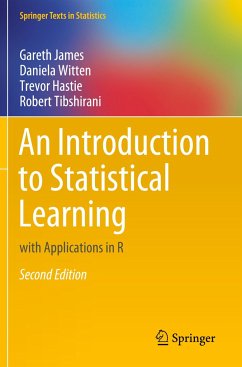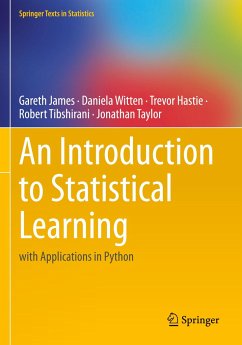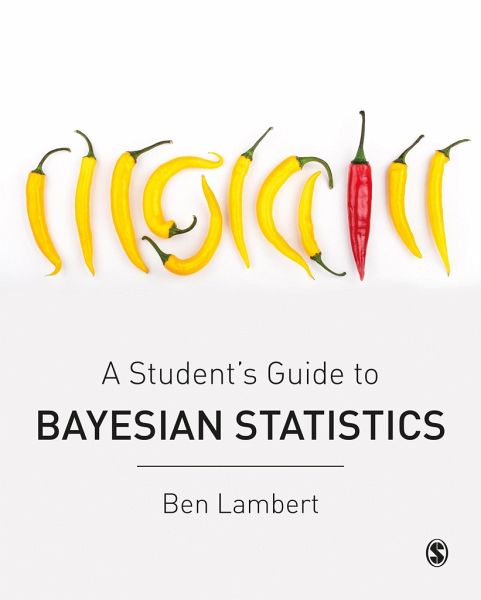
A Student's Guide to Bayesian Statistics
Versandkostenfrei!
Versandfertig in 6-10 Tagen
116,99 €
inkl. MwSt.
Weitere Ausgaben:

PAYBACK Punkte
58 °P sammeln!
Supported by a wealth of learning features, exercises, and visual elements as well as online video tutorials and interactive simulations, this book is the first student-focused introduction to Bayesian statistics.Without sacrificing technical integrity for the sake of simplicity, the author draws upon accessible, student-friendly language to provide approachable instruction perfectly aimed at statistics and Bayesian newcomers. Through a logical structure that introduces and builds upon key concepts in a gradual way and slowly acclimatizes students to using R and Stan software, the book covers:...
Supported by a wealth of learning features, exercises, and visual elements as well as online video tutorials and interactive simulations, this book is the first student-focused introduction to Bayesian statistics.
Without sacrificing technical integrity for the sake of simplicity, the author draws upon accessible, student-friendly language to provide approachable instruction perfectly aimed at statistics and Bayesian newcomers. Through a logical structure that introduces and builds upon key concepts in a gradual way and slowly acclimatizes students to using R and Stan software, the book covers:
An introduction to probability and Bayesian inference Understanding Bayes' rule Nuts and bolts of Bayesian analytic methods Computational Bayes and real-world Bayesian analysis Regression analysis and hierarchical methods
This unique guide will help students develop the statistical confidence and skills to put the Bayesian formula into practice, from the basic concepts of statistical inference to complex applications of analyses.
Without sacrificing technical integrity for the sake of simplicity, the author draws upon accessible, student-friendly language to provide approachable instruction perfectly aimed at statistics and Bayesian newcomers. Through a logical structure that introduces and builds upon key concepts in a gradual way and slowly acclimatizes students to using R and Stan software, the book covers:
An introduction to probability and Bayesian inference Understanding Bayes' rule Nuts and bolts of Bayesian analytic methods Computational Bayes and real-world Bayesian analysis Regression analysis and hierarchical methods
This unique guide will help students develop the statistical confidence and skills to put the Bayesian formula into practice, from the basic concepts of statistical inference to complex applications of analyses.




